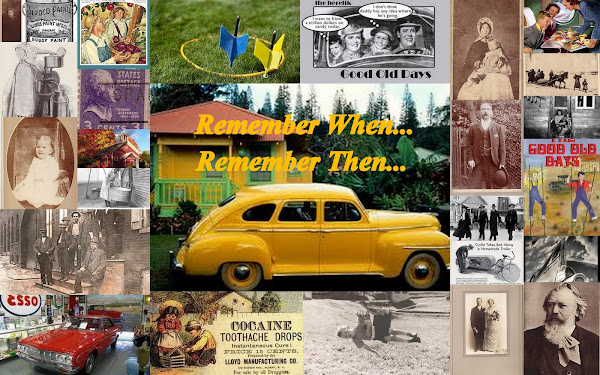September 10
On this day in 1897, a 25-year-old London taxi driver named George Smith becomes the first person ever arrested for drunk driving after slamming his cab into a building. Smith later pled guilty and was fined 25 shillings.
In the United States, the first laws against operating a motor vehicle while under the influence of alcohol went into effect in New York in 1910. In 1936, Dr. Rolla Harger, a professor of biochemistry and toxicology, patented the Drunkometer, a balloon-like device into which people would breathe to determine whether they were inebriated. In 1953, Robert Borkenstein, a former Indiana state police captain and university professor who had collaborated with Harger on the Drunkometer, invented the Breathalyzer. Easier-to-use and more accurate than the Drunkometer, the Breathalyzer was the first practical device and scientific test available to police officers to establish whether someone had too much to drink. A person would blow into the Breathalyzer and it would gauge the proportion of alcohol vapors in the exhaled breath, which reflected the level of alcohol in the blood.
Despite the invention of the Breathalyzer and other developments, it was not until the late 1970s and early 1980s that public awareness about the dangers of drinking and driving increased and lawmakers and police officers began to get tougher on offenders. In 1980, a Californian named Candy Lightner founded Mothers Against Drunk Driving, or MADD, after her 13-year-old daughter Cari was killed by a drunk driver while walking home from a school carnival. The driver had three previous drunk-driving convictions and was out on bail from a hit-and-run arrest two days earlier. Lightner and MADD were instrumental in helping to change attitudes about drunk driving and pushed for legislation that increased the penalties for driving under the influence of alcohol and/or drugs. MADD also helped get the minimum drinking age raised in many states. Today, the legal drinking age is 21 everywhere in the United States and convicted drunk drivers face everything from jail time and fines to the loss of their driver's licenses and increased car insurance rates. Some drunk drivers are ordered to have ignition interlock devices installed in their vehicles. These devices require a driver to breath into a sensor attached to the dashboard; the car won't start if the driver's blood alcohol concentration is above a certain limit.
Despite the stiff penalties and public awareness campaigns, drunk driving remains a serious problem in the United States. In 2005, 16,885 people died in alcohol-related crashes and almost 1.4 million people were arrested for driving under the influence of alcohol or drugs.
Text courtesy of History.com






























No comments:
Post a Comment